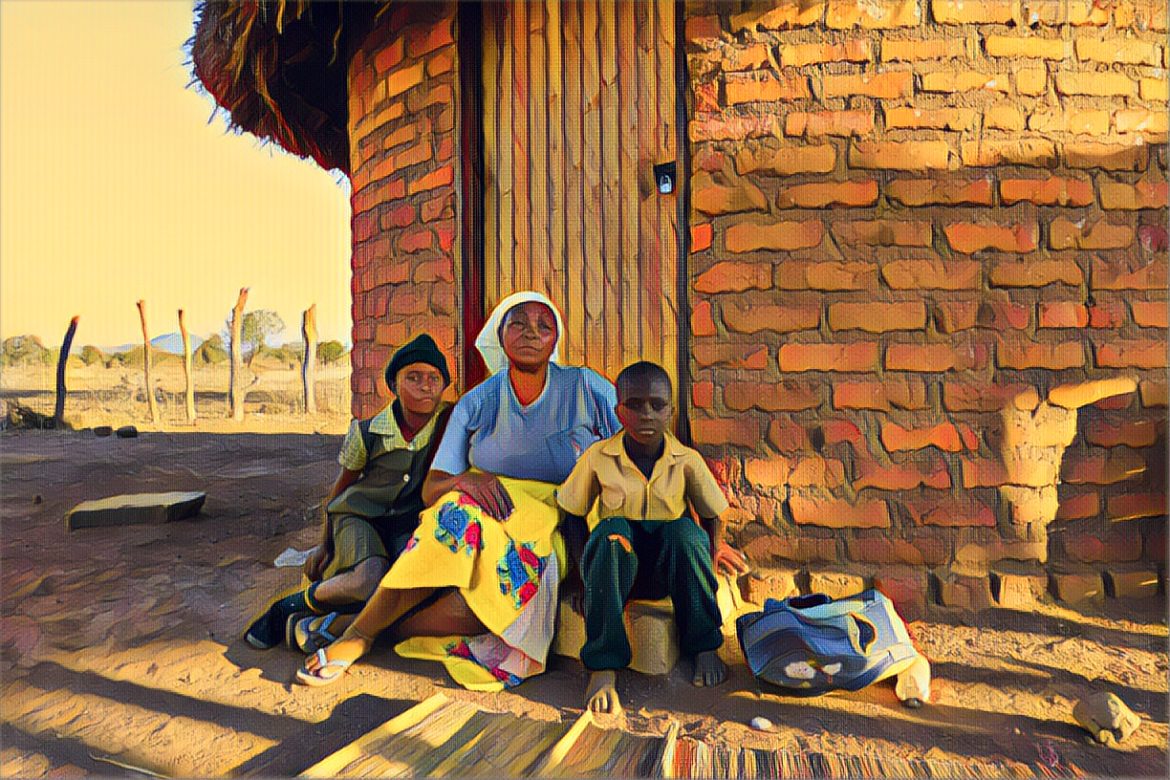In the arid expanses of southeast Zimbabwe, the community of Chingwizi is caught in the grip of a relentless food crisis, a stark testament to the ravages of displacement and environmental hardship. Mary Shambira, a resident grappling with the daily struggle for sustenance, epitomizes the plight faced by over 3,000 families uprooted by the Tugwi-Mukosi Dam floods in 2014. Today, they battle the dual challenges of scant rainfall and limited arable land, conditions that starkly undermine their quest for food security.
Zimbabwe, despite governmental assertions of grain self-sufficiency, finds a significant segment of its populace ensnared in the throes of food insecurity. Reports forecast that between January and March of this year, approximately 2.7 million Zimbabweans, or 26% of the population, will require food assistance, a figure the Food and Agriculture Organization (FAO) estimates could surge to 3.5 million. The dire scenario in Chingwizi, situated within the drought-susceptible Masvingo province, underscores the acute need for external aid, as community members navigate the repercussions of insufficient harvests amidst soaring costs.
According to a report by Newsday, the agricultural landscape in Chingwizi is particularly daunting, with the region recording the lowest maize yields nationwide. This discrepancy persists despite a reported national uptick in maize production, highlighting the disparity between aggregate figures and the on-ground reality for communities reliant on external food assistance for the majority of the year.
Promises of governmental intervention, particularly irrigation programs intended to ameliorate the hardships of displacement, have yet to materialize nearly a decade later. Residents like Samuel Mudzungudzi and Feleni Chauke await the fulfillment of commitments that could herald a new era of self-sufficiency for Chingwizi. Official reassurances of forthcoming arable land and water access offer a glimmer of hope, yet the community’s resilience in the interim is a testament to their indomitable spirit.
Amidst adversity, Chingwizi’s inhabitants have devised innovative strategies to mitigate their predicament. Ventures such as lengthy treks to cultivate vegetables and the crafting of reed mats for trade exemplify their determination to persevere. These efforts, however, underscore the imperative for the promised infrastructural enhancements to come to fruition, ensuring that the community’s reliance on food aid transitions to a legacy of agricultural self-reliance.
As Chingwizi confronts the challenges of food insecurity, the resolve of its residents serves as a poignant reminder of the human capacity for resilience. Yet, the realization of governmental pledges remains a critical factor in transforming the arid landscape of Chingwizi into a bastion of food security and prosperity, ensuring that the shadows of displacement and drought give way to a future anchored in sustainable agricultural success.


